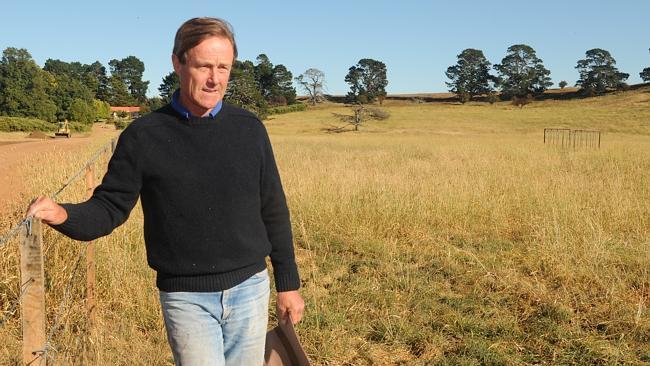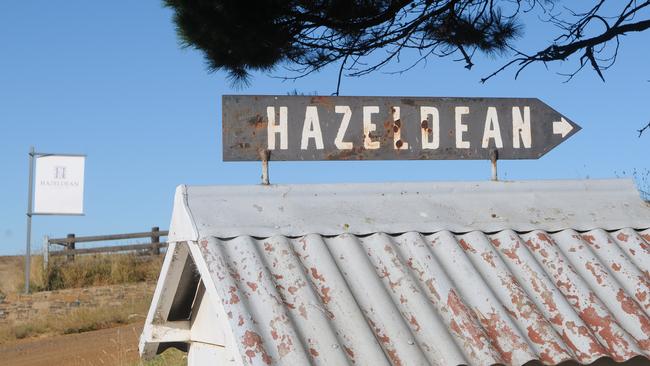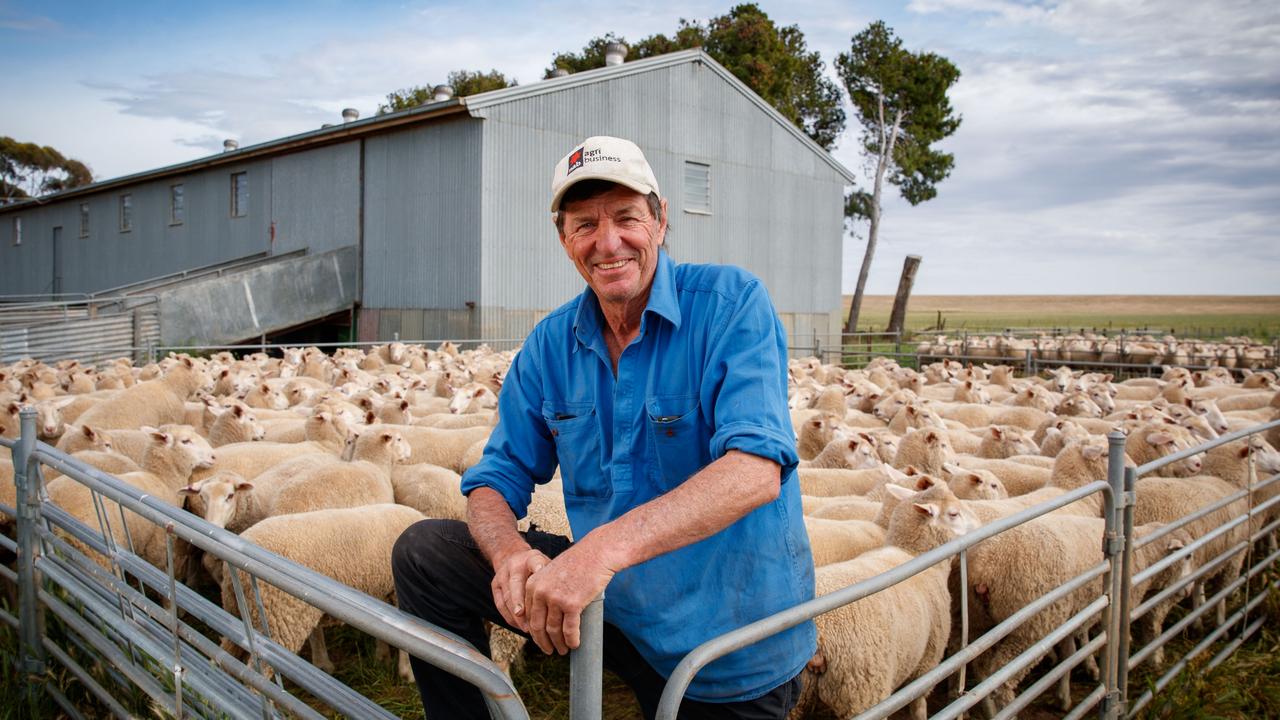Litchfield family’s Hazeldean Merinos celebrates 150 years
IF THERE was to be a legacy from Hazeldean Merinos’ first 150 years it would be as a pioneer of performance recording.

IF THERE was to be a legacy from Hazeldean Merinos’ first 150 years it would be as a pioneer of performance recording, Jim Litchfield says.
While many studs still dismiss objective measurement, or have only cottoned on to it in recent years, the Litchfield family has been incorporating science into their breeding program in the rolling hills near Cooma, in southeast NSW’s Monaro region, for generations.
Jim said when his grandfather, James, started recording the weights of the fleeces from his sheep in 1964 “he was considered a bit of a nut” by fellow wool growers. But now, with clients demanding as much information as possible when making their selections, the 50-year head start he provided is paying dividends. Hazeldean is one of the biggest studs registered with Sheep Genetics Australia and fields growing inquiries for “sheep with numbers”.
“It was fortunate in the early days when performance testing got going in the Angus (cattle) job, a few of the bigger herds (including Hazeldean) embraced it and that really set the trend for the whole thing … everyone followed suit,” Jim said. “That same thing hasn’t happened in Merinos.”
Jim, a fifth-generation Litchfield on Hazeldean, attributes this to the Merino industry being “so much a part of Australia’s folklore” in which traditional breeders who relied solely on visual selection were “held up in awe”.
“It’s got a lot to do with the romanticism of the whole thing,” Jim said.
“(But) we’ve seen big changes now. People are starting to embrace performance and in the next 10 years that will really accelerate, especially with younger people coming into the industry.”
GOLDEN OLDIES
HAZELDEAN was settled by Jim’s great-great grandfather, James Litchfield, on a 130ha selection on the Cooma Back Creek, just a few kilometres from Hazeldean’s current base, in the 1860s.
The Hazeldean Merino stud was founded in 1865 with an Angus stud added in 1926.
The stud now sells about 800 rams and 400-500 bulls a year and the business operates in three districts — 13,760ha spread across two properties at Cooma, 26,300ha at Hay in the NSW western Riverina bought in 2001 and a further 1012ha at Adelong, east of Wagga Wagga, purchased “initially as drought relief” in 2013.
The Monaro properties comprise a mix of basalt and granite soil, ranging from undulating hills with wooded areas to open plains with native grasses such as poa tussock. The properties receive an average 475mm of rain a year.
The Hay property is typical plains country with red soils, saltbush, bluebush and native pastures. Rainfall averages about 325mm a year.
Jim said the season at Adelong and Cooma was “fabulous” following a particularly wet summer. However it is a different story at Hay, where feeding sheep continues.

PRODUCTION POWERHOUSE
HAZELDEAN runs about 2000 breeding cows, including 400 Senegus — a Senepol-Angus cross largely bred for the Queensland market — and 14,000 Merino ewes.
At Cooma, rams are joined in March for a spring lambing and at Hay in November for an autumn lambing. This enables Hazeldean to “make the most of our top genetics … we use the rams twice”.
Both properties operate on a spring-calving program for the cattle, with extensive artificial-insemination programs during October and the use of yearling bulls as back ups.
Bull sales are held annually at Cooma in autumn and spring, Willalooka in South Australia, and Jackson, in Queensland. Merino auctions are conducted at Cooma and Hay during the spring.
Most rams go to Victoria and NSW and a few into South Australia. Bulls go to all states, including northern Australia.
Jim said crossing an Angus with a Senepol — “a Bos Taurus, so the meat quality is better and fertility rates are higher” — had helped many northern herds.
FIBRE FOCUS
JIM said while Hazeldean was “certainly not selling the number of rams we sold in the heyday of the 1980s” he acknowledged committed growers remaining in the Merino industry “really want to buy good rams”.
“Our average price has gone up,” Jim said. “We thought the opposite was going to happen when the (wool) floor price crashed (in 1991), everyone is going to want cheap rams.”
Jim said while wool “certainly hasn’t got its share of the market like it used to — and it can’t given the size of the world’s population now” its future was solid.
“I don’t think it will necessarily change our focus on wool here,” he said. “The meat side is still a worthwhile byproduct for sure but is still worth your while putting emphasis in your selection on wool production traits as far as increasing your total returns per hectare.
“It is still profitable.”
Which stands the operation in good stead for the sixth-generation Litchfield.


